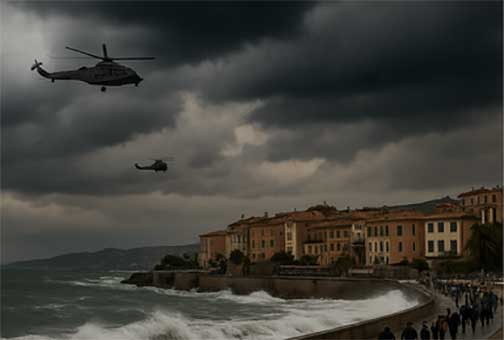Italy’s cultural landscape is currently facing scrutiny as the Ministry of Culture intervened in a high-profile exhibition on Futurism, a significant art movement in Italy's history. The exhibition opened at the National Gallery of Modern and Contemporary Art in Rome to a large audience eager to explore Futurism, known for its energetic depictions of modernity and its controversial association with Mussolini's Fascist regime.
What has drawn criticism is the culture ministry's decision to replace the original team of art scholars and critics who spent extensive time preparing the exhibition with their own appointees, deemed more aligned with the government’s perspective. Notably absent from the debut were the original experts, including renowned figure Massimo Duranti, who expressed his shock at being dismissed abruptly, stating, “I was told, ‘arrivederci’ — you never existed,” and lamented the exhibition's shift towards glorifying the Fascist era.
In defense of the ministry's actions, Massimo Osanna, director of Italy’s state museums, rejected claims of ideological motivations, arguing instead that the new committee aimed to offer a “broader perspective of an extraordinary era.” This intervention comes amidst the backdrop of former culture minister Gennaro Sangiuliano's controversial tenure, which was marred by a scandal involving an affair.
As the exhibition unfolds, it raises critical questions about the role of government in shaping cultural discourse and the implications for Italy's artistic legacy.



















